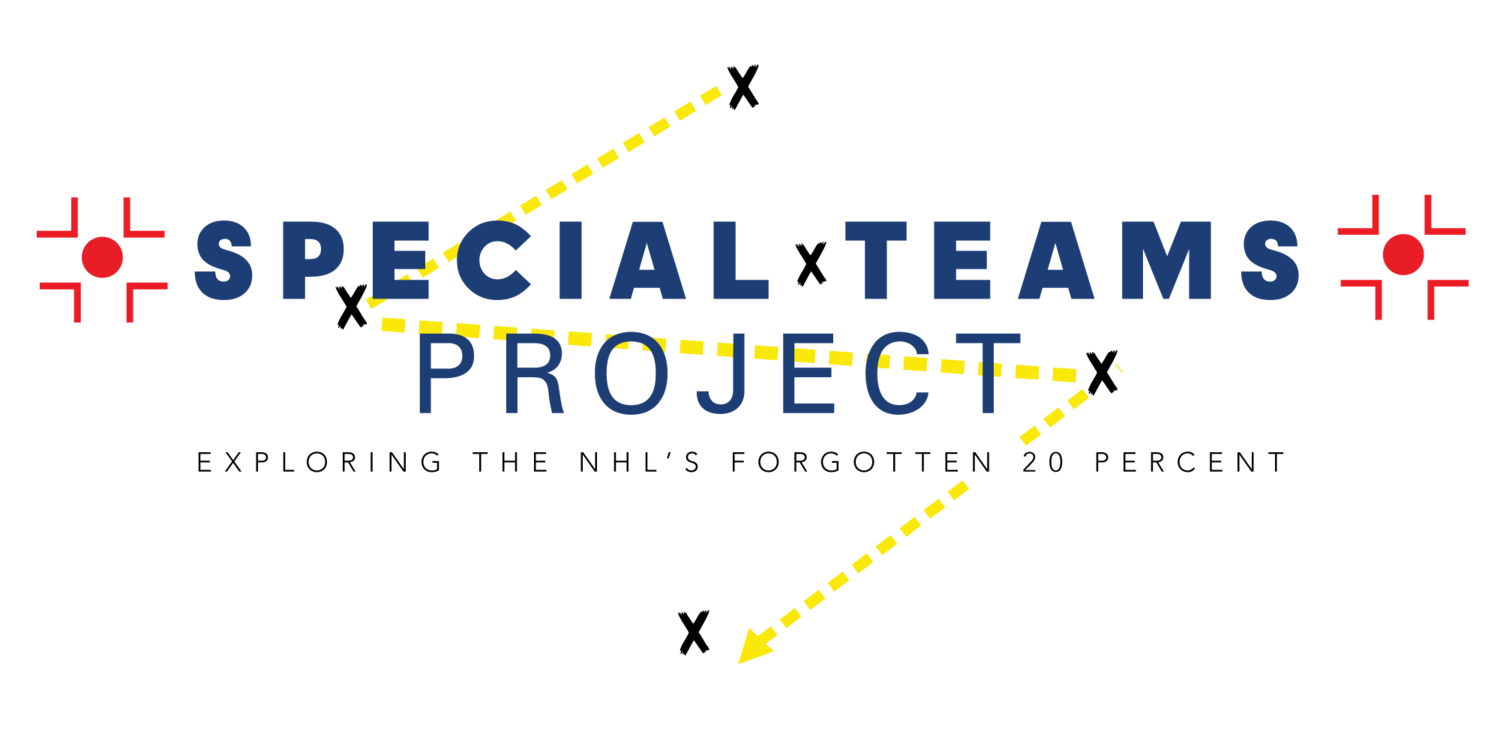Special Teams Spotlight: Shot Selection on the Power Play
The Philadelphia Flyers found themselves up a man against the New York Islanders a couple of weeks ago and I found myself yelling "shoot" at one point at my computer; I was that guy. But first, some backstory.
It's an easy refrain to criticize power play guys when they over-handle the puck and don't shoot. It seems like the go-to for any commentator opining about a struggling power play is to say "well they just have to shoot more, get some pucks on net." But it has long been my belief that such a statement is misdiagnosing the problem. Most of the time, a power play unit that isn't getting enough shots off is struggling not because they refuse to shoot, but because they can't generate good enough quality shots. This tends to be because of guys being placed on their strong sides, so they have poor angles, and a lack of structure and timing that leads to guys aimlessly rotating and not knowing what to do with the puck. Shot quality is more important on the power play because a good unit will be able to isolate the extra man and thus create above average chances.
But the Flyers aren't one of those teams. They have a good structure, and they put guys in appropriate positions. Their power play struggled early, partially because of puck luck, but partially because of an actual reluctance to take good shots. The gif below is a good example, even though by and large they've been better about it since Shayne Gostisbehere took over on the point with a shoot-first mentality.
To be fair to Giroux, he hasn't had much success on one-timers this season, and the shot he was setting up for here wasn't at a great angle towards that net and was just outside the scoring chance area.
As a power play shot quality proponent, I didn't specifically have a problem with Giroux passing up that shot and returning the puck to Mark Streit at the point. My problem was more with the shot the Flyers ended up settling for, after burning additional seconds off the clock.
Voracek collects the puck on the right, and after allowing the defenders to get in place and shifting his body to tip off goaltender Jaroslav Halak that he was going to shoot, he unleashes a chest-level wrist shot to the net. Wayne Simmonds is partially screening the goaltender, but Halak can fairly comfortably see around the power forward. This is a low percentage shot, and considering the strict wedge the Islanders play on the penalty kill, you can see how easy it would have been to go Voracek-Streit-Giroux for a better one-timer, one in the scoring chance area and one that more resembles the one-timer goal Giroux HAS scored already this year.
The moral of the story is twofold. First of all, be skeptical when you hear that a power play needs to shoot more. It's likely true, but not in the manner the commentator or fan thinks. Second, don't settle for an "even strength shot" when you're on the power play. Quick puck movement and creativity within a structure should lead you to a better quality chance than that more often than not.



